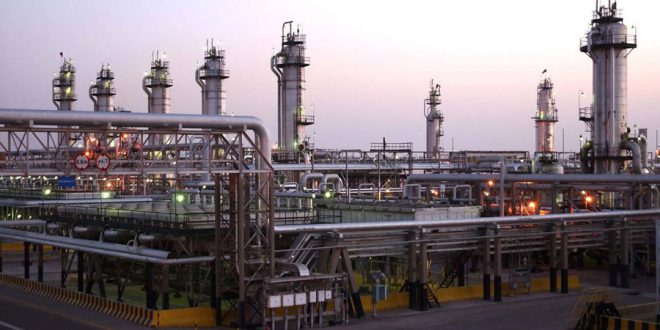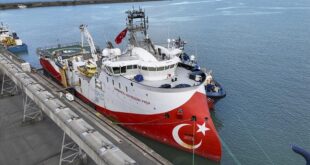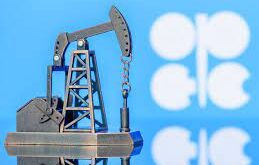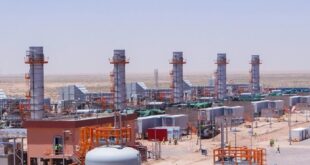Refiners and term customers of Saudi Aramco across Asia have received their full volume of crude allocations for January despite the kingdom leading an agreement earlier this month to cut production from January.
`We have received our full allocation.` a China-based refiner said. while a Singapore-based trader said: `Saudi [Aramco] filled all [January] nominations`.
Some customers also received incremental barrels on top of their monthly contractual volume. they said. adding that aggressive price cuts by Aramco on its January official selling prices had incentivized refiners to request extra volumes.
The move was seen as Saudi Arabia`s keenness to defend market share in Asia against alternative sources into the region. particularly from the US.
`I do not think we will take any other type of crude if we can help it. The Saudi OSPs look too attractive this month.` a trader with a North Asian refiner said.
`Despite OPEC cuts. they [Aramco] are properly looking after term customers in the East.` the first trader said. `[But the] US is a net exporter now. Those barrels have to go somewhere.`
US crude production at the end of November was 2 million b d higher year on year at 11.7 million b d. the US Energy Information Administration said recently.
About 1.1 million b d of US crude flowed into Asia in November. up from 627.000 b d in November 2017. data from Platts cFlow. trade flow software. showed.
US exports to South Korea. for example. have increased steadily in recent months as replacement for Iranian barrels ahead of the US imposing sanctions on Iran in early November.
South Korea imported 8.8 million barrels of light sweet WTI Midland and Eagle Ford crude and condensate in October. the country`s record monthly intake from the US. data from state-run Korea National Oil Corp. showed.
A narrowing spread between European. Middle Eastern and US crudes in recent months has also decreased the competitiveness of sour Middle Eastern grades in the global market.
The Brent Dubai exchange of futures for swaps — a proxy for arbitrage viability into Asia — narrowed to an average $2.61 b in October from $3.40 b in September and has continued to narrow since. making Dubai-linked crude relatively more expensive than European or US counterparts.
Dubai`s premium to WTI futures. which averaged $5.90 b in September. was $7.90 b in November. S&.P Global Platts data showed.
 Iran Energy News Oil, Gas, Petrochemical and Energy Field Specialized Channel
Iran Energy News Oil, Gas, Petrochemical and Energy Field Specialized Channel




